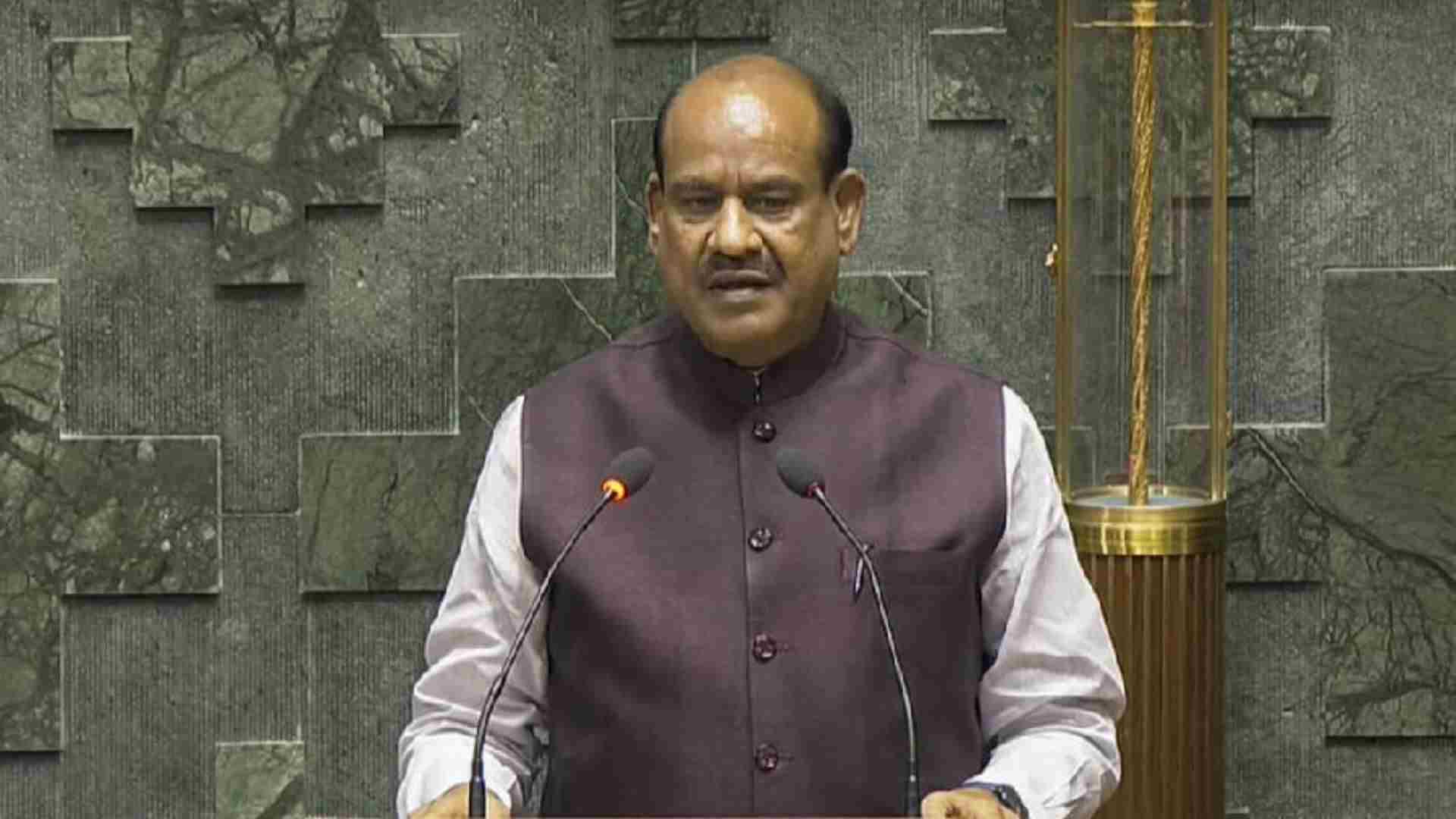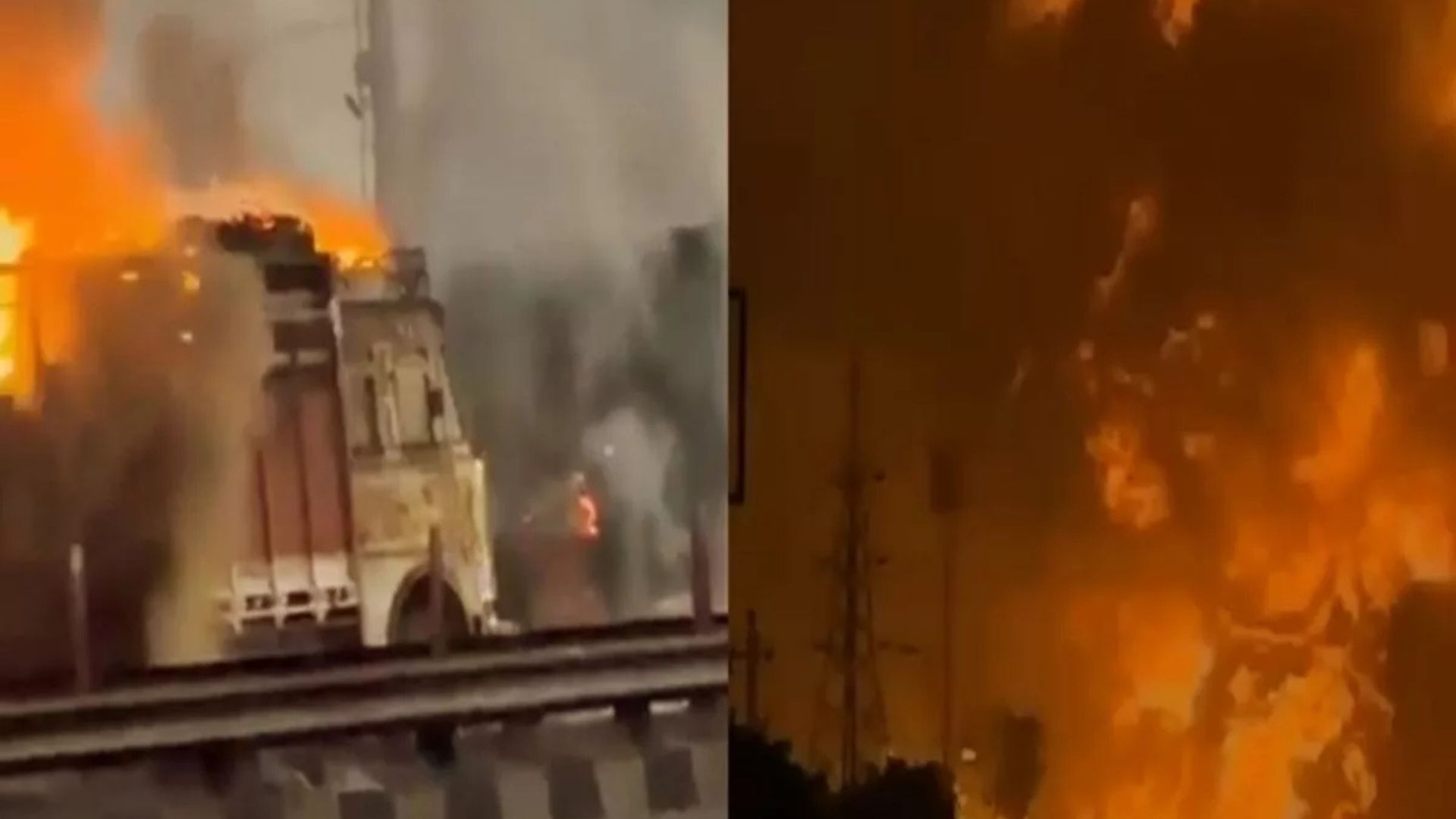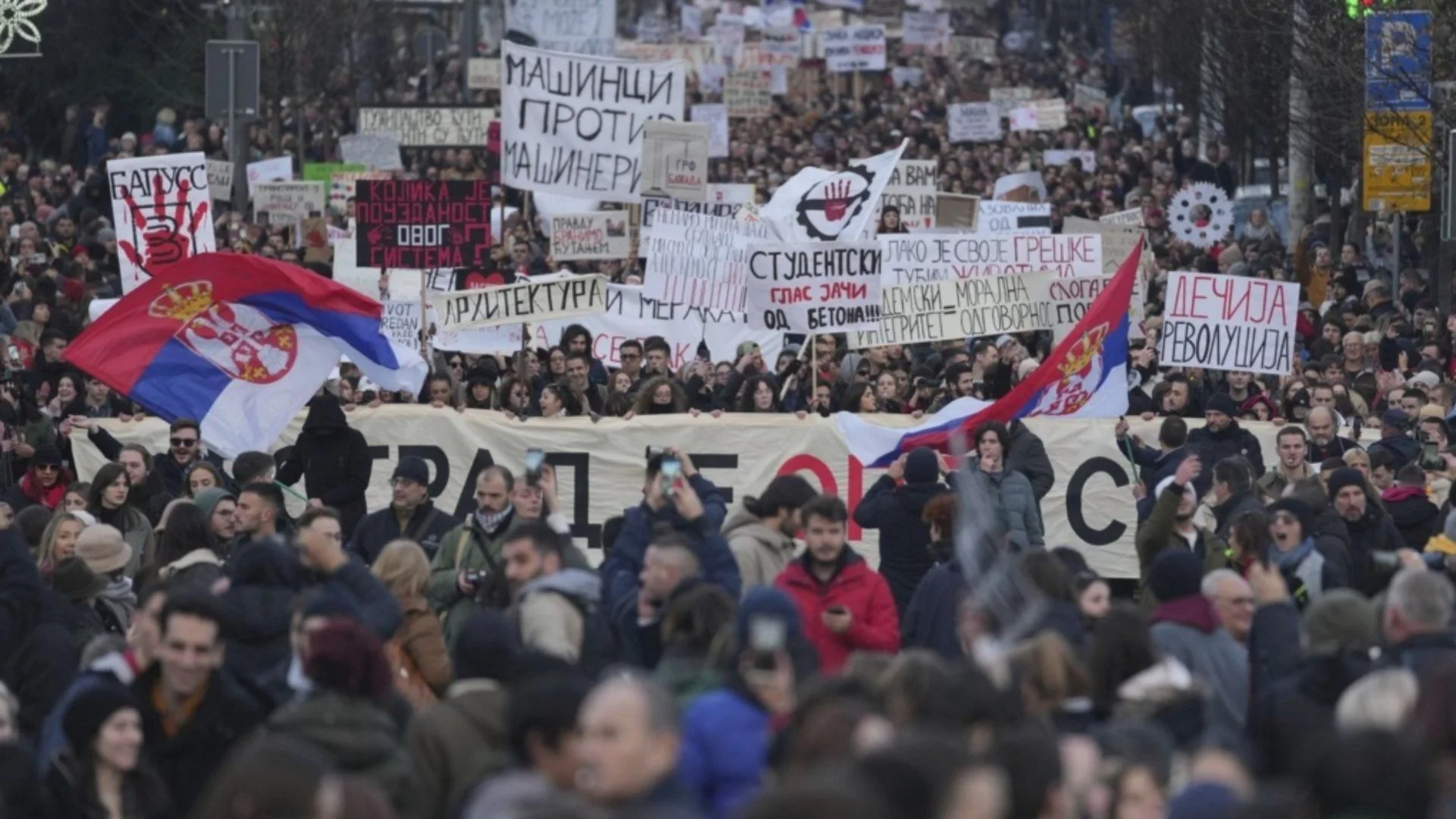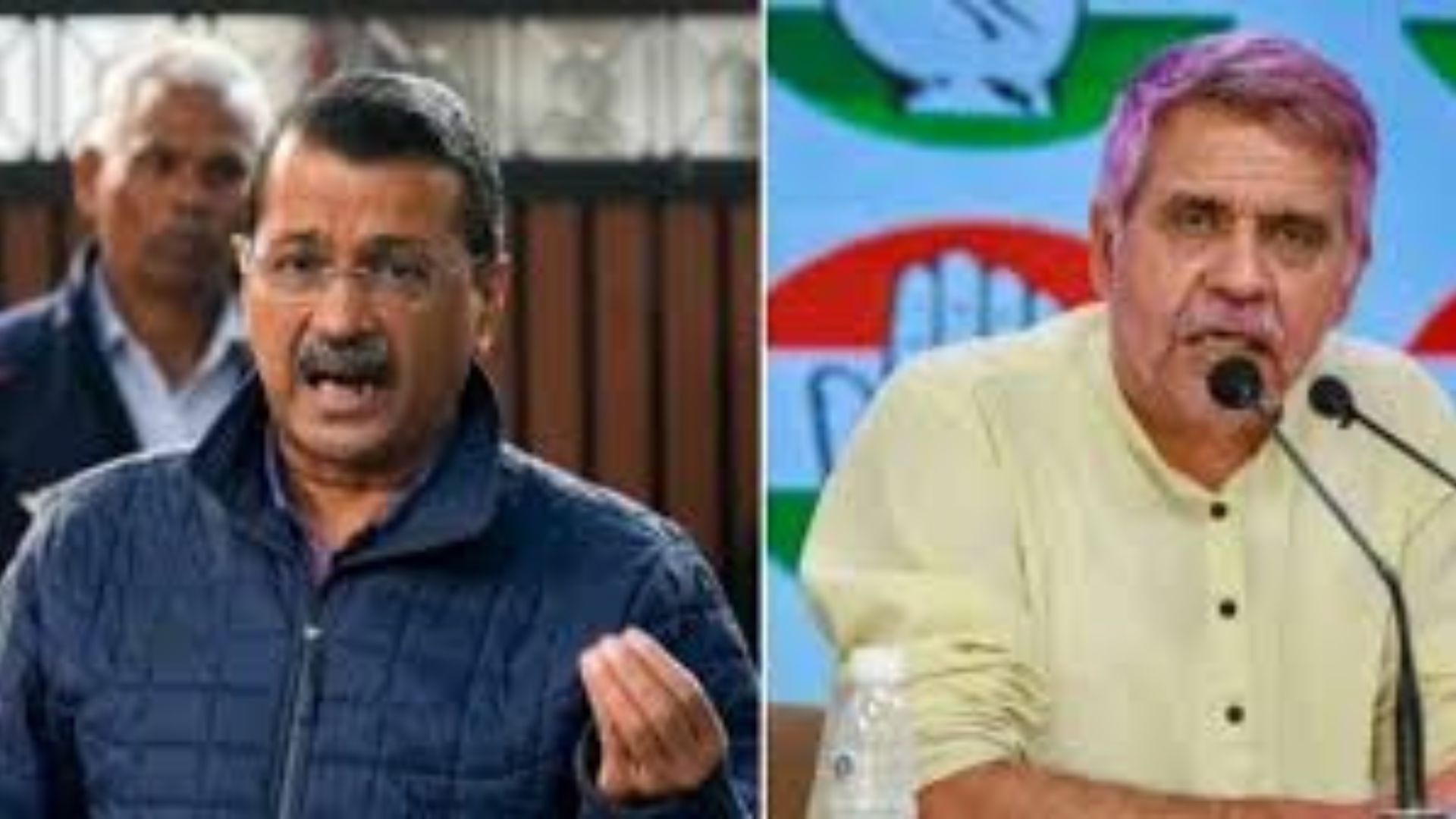India has unfortunately witnessed several tragic incidents occurred in the holy congregations which resulted in deaths of hundreds of devotees over the years.
Many stampedes happen during religious festivals or events that attract massive crowds. The sheer number of people in confined spaces can lead to chaotic situations. Inadequate infrastructure such as narrow pathways, temporary bridges, and lack of crowd management systems contribute significantly to stampedes.
Here are some notable instances
Kumbh Mela: The world’s largest and biggest gathering of devotees at Kumbh Mela, a massive Hindu pilgrimage, has seen multiple tragic incidents, including stampedes, due to the huge number of attendees and logistical challenges. One of the deadliest was in 1954 in Allahabad (now Prayagraj), where an estimated 800 people lost their lives in a stampede. 1954 Kumbh Mela “stampede” was a major crowd crush that occurred on 3 February 1954 at Kumbha Mela in Prayagraj in Uttar Pradesh state in India. It was the main bathing day of Mauni Amavasya (New Moon), when the incident took place. 4–5 million pilgrims took part in the festival that year, which was also the first Kumbh Mela after India’s Independence.
The figures for the tragedy varied according to different sources. While The Guardian reported more than 800 people died, and over 100 were injured, TIME reported “no fewer than 350 people were trampled to death and drowned, 200 were counted missing, and over 2,000 were injured”. According to the book Law and Order in India, over 500 people died. The incident occurred near Phulrai village for a religious gathering led by Bhole Baba, also known as Narayan Sakar Hari, a self-proclaimed godman.
Victims, dead or unconscious, were brought to the Sikandara Rao Trauma Centre in trucks and other vehicles. Inside a government hospital, the bodies were resting on slabs of ice while grieving relatives awaited the return of the mortal remains.
1986: During the Kumbh Mela in Haridwar in 1986, a stampede broke out on the Birla Ghat bridge, leading to around 50 deaths.
2016: During the Simhastha Kumbh Mela in Ujjain, Madhya Pradesh, a stampede occurred at the Ramghat bridge, leading to at least 115 deaths.
Mandhar Devi temple (2005): In Maharashtra, during the Navratri festival, a stampede occurred at the Mandhar Devi temple in Satara district, resulting in the deaths of several devotees. On January 25, 2005, over 340 devotees were trampled to death and hundreds injured during an annual pilgrimage at Mandhardevi temple in Maharashtra’s Satara district. The accident occurred when some people fell down on the steps made slippery by the devotees breaking coconuts.
Sabarimala (2011): At the Sabarimala temple in Kerala, a stampede during the Makaravilakku festival led to the deaths of 106 pilgrims. The 2011 Sabarimala crowd crush (often incorrectly described as a human stampede) took place on 14 January 2011, Makara Jyothi Day at Pullumedu near Sabarimala in Kerala, India. It broke out during an annual pilgrimage, killing 106 pilgrims and injuring about 100 more declared later as “National disaster”. The pilgrims were returning from a Hindu shrine on the last day of a yearly festival which attracts millions of devotees. It began after a Jeep toppled over.
The incident happened around 8 p.m. local time. Most of the dead were from the states of Andhra Pradesh, Karnataka, Tamil Nadu and Kerala. There are various versions of the accident as reported in various newspapers and television reports. The victims were going back home through the forest after Makara Jyothi darshanam, thought to be a celestial phenomenon on the hill shrine of the Hindu god Ayyappan. The crowd crush was reportedly caused by an SUV which blocked the path, near Pullumedu, possibly after breaking down. When moved it may have overturned and caused people to stumble, triggering the stampede or by too many people running down the hill towards the road where there was already a pack of vehicles. There is a version of an accident between an autorickshaw and a Jeep. The real trigger of the incident remains a mystery given the fact that the spot where the stampede occurred is an open field.
The 2011 Sabarimala crowd crush took place on 14 January 2011, Makara Jyothi Day at Pullumedu near Sabarimala in Kerala, India. It broke out during an annual pilgrimage, killing 106 pilgrims and injuring about 100 more declared later as “National disaster”. The pilgrims were returning from a Hindu shrine on the last day of a yearly festival which attracts millions of devotees. It began after a Jeep toppled over.
Madhya Pradesh temple (2013): At the Ratangarh Mata Temple in Datia district, Madhya Pradesh, during the Navratri festival, a stampede resulted in 115 deaths. Approximately 25,000 people were on the bridge at about 9 a.m. on Sunday, 13 October 2013, and a section of the railing was broken. Rumour spread that the bridge was about to collapse, and the crowd panicked and began pushing their way off. Many were killed or injured in the ensuing crush, and others drowned after jumping into the swelling river. Most of the victims were women and children.
There were conflicting reports about the cause of the stampede. One report said that the rumour of the bridge’s impending collapse began when a section of the railing broke, but another said that the bridge had been hit by a tractor before the stampede. Others said that a group of pilgrims intentionally spread the rumour, hoping to cut the long line. Some witnesses said that the stampede started when the police charged into the crowd wielding canes, but the allegation was denied by police officials.
Rescue operations were hampered by a 7-kilometre-long traffic jam on the only road to the temple. Angry at the delay, relatives of the victims pelted stones at police officers, injuring several. The Madhya Pradesh government has announced a compensation of Rs. 150,000 for each of the deceased and Rs. 50,000 to those who suffered serious injuries.
The Election Commission of India has, at the request of the State Government, suspended the District Magistrate (District Collector) Mr. Sanket Bhondwe, Superintendent of Police (SP) Mr. P. Chandrashekhar Solanki, Sub-Divisional Magistrate, Revenue (SDM) of Seondha Mr. Mahip Tejaswi, Sub-Divisional Officer of Police (SDOP) of Seondha Mr. B.N. Basave, and the entire staff of the Seondha Police Station.
Congress Party representatives allege that the true death toll is higher, possibly touching 400. The representatives criticized the State Administration for allegedly fudging the records and demanded the resignation of Chouhan, but the ruling BJP rebuffed the demand and accused the Congress Party of playing politics.
Jodhpur (2008): At the Chamunda Devi temple near Jodhpur, Rajasthan, a stampede during Navratri celebrations led to the death of 224 people, mainly women and children. On 30 September 2008, at the Chamunda Devi temple in Jodhpur, Rajasthan, India, the tragic stampede occured in which 224 people were killed and more than 425 injured. The 15th-century temple is dedicated to the goddess Chamunda Devi and is located within the premises of Mehrangarh Fort.
About 25,000 Hindu pilgrims were visiting the temple to mark the first day of the nine-day-long Navratri, a major festival in Hinduism dedicated to the worship of Goddess Durga. The devotees scrambled towards the door the moment it opened, resulting in the destruction of the barricades. Many people were injured when they lost their footing on the slope approaching the temple.
According to The Times of India, local reports suggest that a bomb blast in nearby Mehrangarh created panic among the pilgrims resulting in the stampede. However, the BBC News reported that a collapsing wall may have also caused the stampede. Some eyewitnesses told CNN-IBN that a rumour about a bomb being planted in the temple caused panic among pilgrims. Others said there was a scramble in the men’s queue; some devotees slipped and soon there was a massive resultant stampede where a day of celebration turned into one of mourning. An eyewitness also said that the path leading to the temple was very narrow with no emergency exit routes.
Chennai Mayana Kollai festival (2010): At the Mayana Kollai festival in Chennai, a stampede occurred at the Muniyappan temple, resulting in the death of 42 people. Mayana Kollai is a festival celebrated after Shivarathri on the first full moon day of February at the Angala Parameswari temples in Tamil Nadu, India.
Patna Chhath Puja (2014): During the Chhath Puja festival on the banks of the Ganges River in Patna, Bihar, a stampede occurred as devotees rushed to perform rituals, resulting in 33 deaths. Devotees were killed in a stampede after a makeshift bridge collapsed in Patna. Among the deceased were bodies of nine children, six women and two others. The injured were sent to the Patna Medical College and Hospital. Patna superintendent of police Jayant Kant, however, confirmed 14 deaths. “Several others are missing but we are still trying to ascertain the exact figure,” he said. A huge throng of people had assembled for the first ‘aragh’ (offering/obeisance) to the setting sun, at Adalatganj ghat on the bank of the river Ganga in central Patna when the incident took place.
These incidents highlight the recurring challenges of crowd management and infrastructure during religious festivals and large-scale events in India. Efforts continue to be made to prevent such tragedies through improved planning, crowd control measures, and public safety awareness campaigns.







